As 3D printing technology gradually dominates in the general manufacturing and research fields, the demand for different types of 3D printer filaments continuously rises. After all, 3D printers require suitable 3D printing filaments. For this reason, manufacturers and suppliers of 3D printing materials are expanding their catalogs to cater to more customers.
Types of 3D printer filaments
3D printer filaments can be classified into multiple varieties. Here are three of the most commonly used 3D printer filaments in the market:
Polylactic acid (PLA) – PLA filaments are common and easy-to-use 3D printer filaments. Compared with other filament types, PLA has a lower printing temperature and sufficient durability.
Acrylonitrile butadiene styrene (ABS) – ABS filaments are a less popular 3D printing material than PLA. The former is slightly more difficult to print but has higher strength and durability than the latter.
Nylon – Nylon filaments, also known as polyamide (PA) filament, is a prominent synthetic raw material that is used in a wide variety of industrial applications. Among the three types discussed, this type of filament shows great performance in strength, durability, and flexibility, making it a versatile 3D printing material.
There are other widely used 3D printer filaments available in the market, including carbon fiber filaments and metallic 3D printer filaments. Such types, however, are not used in everyday 3D printing due to their special properties that are better suited to some specific scenarios and printing requirements.
Tips for buying 3D printer filaments
When selecting 3D printing filament for 3D printing requirements, three key aspects must be considered:
1. Diameter consistency. The universal standard for the diameter of 3D printer filaments is 1.75 mm. But more than the prescribed dimension, the diameter of the filament must be consistent throughout the length to get a clean result.
2. Moisture content. It is important to eliminate moisture from filaments to avoid misshapen printouts and prevent damage to the printer.
3. Impurities. Most filaments, even synthetic ones, can contain metal-based impurities like titanium oxide and iron oxide. Such impurities are not visible to the naked eye, so it is advisable to acquire filaments from reputable suppliers. Fortunately, many global suppliers offer cheap 3D printer filaments that could provide stable output without compromising usability.
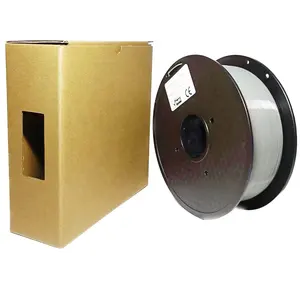











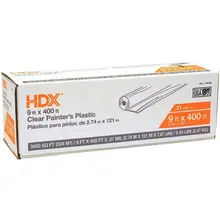


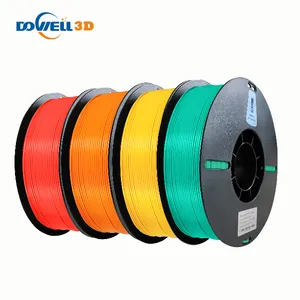


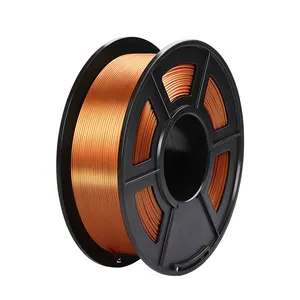

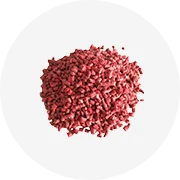
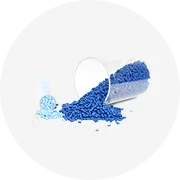
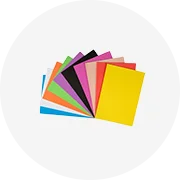
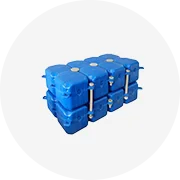
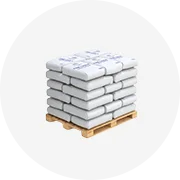

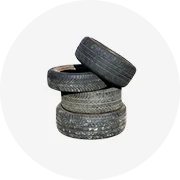
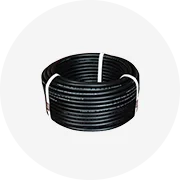

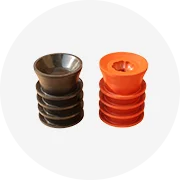








 浙公网安备 33010002000092号
浙公网安备 33010002000092号 浙B2-20120091-4
浙B2-20120091-4